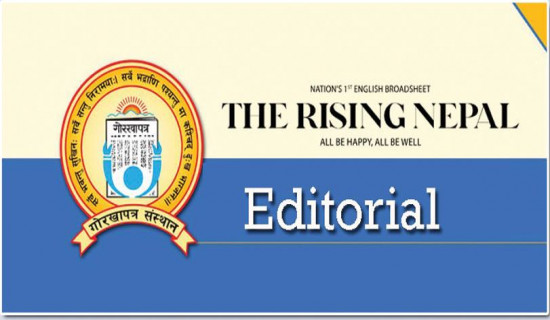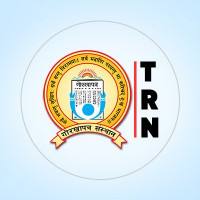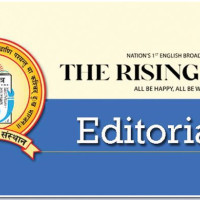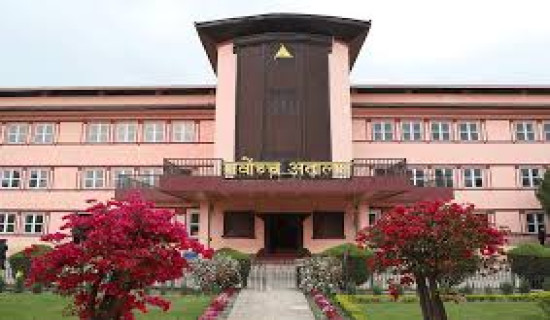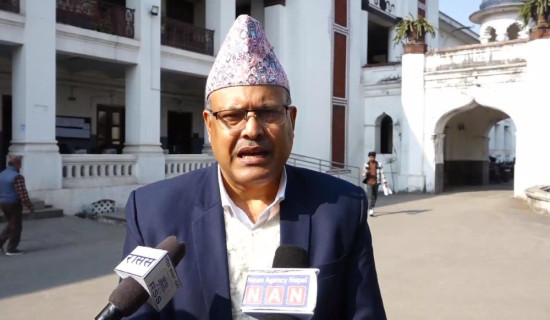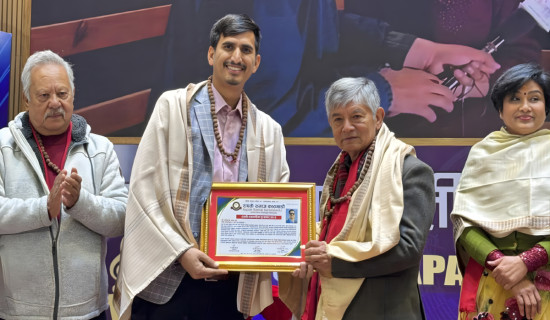- Monday, 29 December 2025
Glacial Melt Implications
Glaciers around the globe are disappearing faster than ever, with the largest glacial mass loss on record happening over the last three years. That's exactly what a UNESCO report, released on Friday, has revealed. It has also disclosed the extent to which climate disruption, biodiversity loss, and unsustainable activities are transforming mountain environments at an unprecedented rate and threatening water resources. The implications of this phenomenon are far-reaching and monumental in magnitude. The short-term impacts include floods, glacial lake outbursts, and other hazards. In the long term, on the other hand, the reduced water flow and increased droughts will imperil the supply of food, water, and energy, as well as livelihoods, in the downstream regions. Besides, it is also expected to disrupt ecosystems and escalate risks of conflict and migration.
The accelerated loss has made glaciers one of the main contributors to sea level rise, putting millions of people from mountains to coastal regions at risk of displacement. In early 2024, the BBC carried a news story showcasing how the entire village of Samdzong, in the Upper Mustang region of Nepal, had to be relocated and built anew from scratch owing to painfully persistent drought and devastating flash floods that had grown in frequency there as a result of climate change. The story serves as a microcosm of what's happening across the Himalayan belt and beyond. Unable to find pastoral land to graze livestock and facing unprecedentedly acute water scarcity, farmers in the highlands are migrating to lower-altitude regions to start a new life.
Home to over 3,000 glaciers, Nepal has been bearing the brunt of climate change more than many other parts of the world. As remarked by Minister for Forest and Environment Ain Bahadur Shahi recently, these glaciers are not just masses of snow and ice; they are the primary sources of our river system, playing a crucial role in drinking water supply, agriculture irrigation, hydropower generation, biodiversity, and ecological systems. However, due to rising temperatures, glaciers are melting rapidly, increasing the risks of glacial lake outburst floods (GLOFs), landslides, and erosion.
For a civilisation born into and nourished by mountains, the irreversible snowmelt amounts to a life-and-death situation. Mountain regions are the source of high-value medicinal herbs, timber, tourism, and energy production. Almost every civilisation across the world began on the bank of rivers originating in the mountains. They are also the source of livelihood for many of our countrymen and a significant earner of foreign currency. For our famed Sherpas, mountains are the deities they worship, reflecting their deep spiritual connection and storing attachment to the nature around them. Climate change is putting all of these under existential threat. As such, the cost of the crisis brought about by climate change is too huge to bear for us.
To mitigate this impact, rich and developed countries, which share the most blame for the crisis, have agreed to contribute to climate loss and damage funds as a means to deliver justice to the vulnerable countries that have contributed negligibly to climate change. But this justice has proven to be elusive for long already. In the upcoming Sagarmatha Sambaad, the government must raise this issue with urgency. At a time when we are living climate change literally, we no longer can afford to keep it on the back burner. The victims must get justice and those responsible must bear the financial costs as per the ‘polluters pay’ principle.

